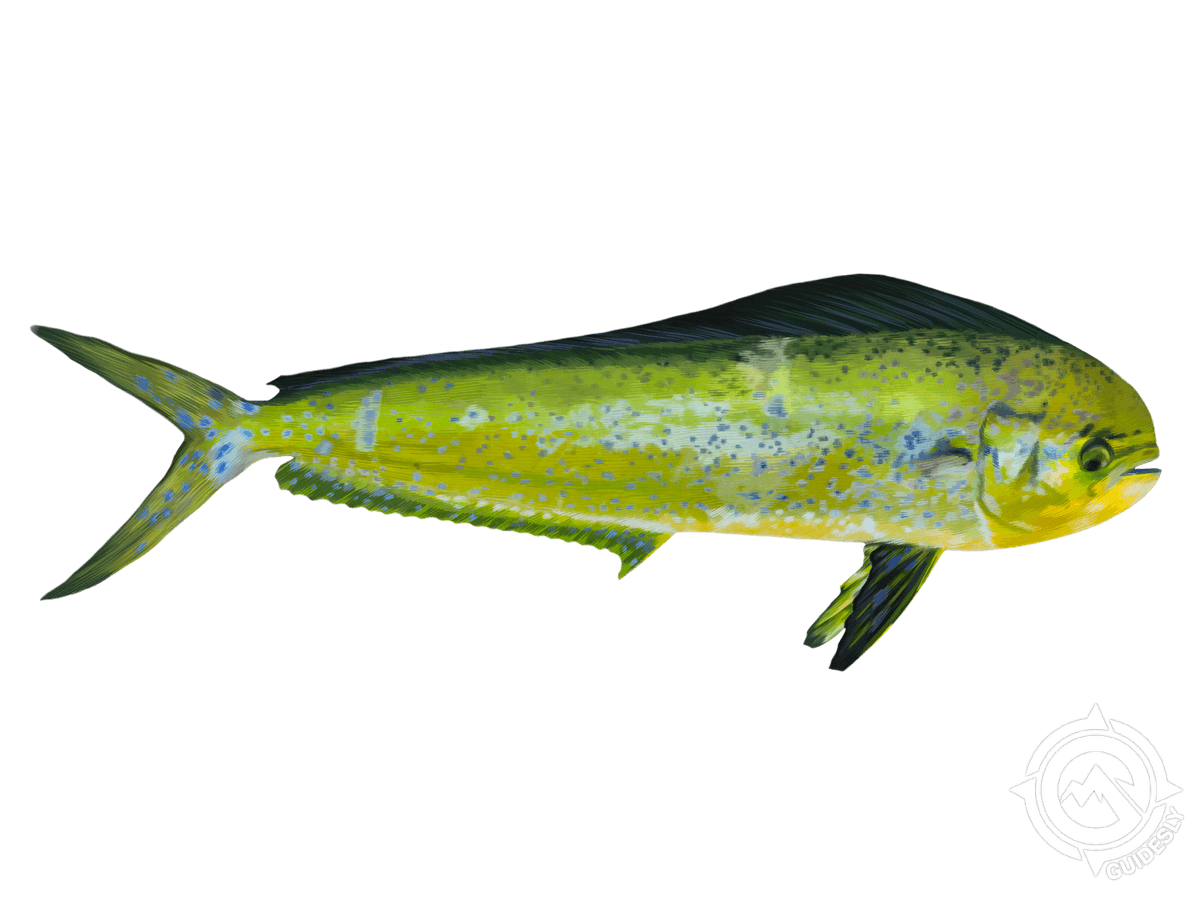Elite NC Offshore Kayak Fishing Adventure
- Published Date: July 18, 2025
- Fishing
- Topsail Beach, NC
- $75 - $1,750 price range
- Updated Date: September 22, 2025
Summary
%2F%2Fusers%2F3a7d1885-5754-4d72-a7bb-03742a524a75%2Fratecard%2Fimage91.png&w=1200&q=75)
Offshore Kayak Catches
Offshore Kayak Fishing: Big Game Beyond the Breakers
Ready to level up your kayak fishing game? Our Kayak Mothership Trip off Topsail Beach, NC is where seasoned anglers come to test their mettle against the big boys of the open ocean. We're talking Spanish and King Mackerel, Mahi Mahi, Amberjack, and more – all waiting for you beyond the surf. This isn't your average inshore paddle; it's a full-on offshore adventure for those who've got the skills and the guts to chase trophy fish from a kayak. Bring your 'yak, bring your A-game, and let's hit the high seas for some serious fishing action.
Trip Overview
Picture this: You're perched on your kayak, the coastline of Topsail Beach just a speck on the horizon. The gentle swells beneath you hide a world of predators, and you're about to tap into that action. Our Kayak Mothership Trip is the golden ticket for kayak anglers looking to push their limits. We'll motor you and your kayak out to the prime fishing grounds where the big boys play. Once we're in the zone, it's time to deploy and start working those lines. This half-day or full-day trip is all about quality over quantity – we're hunting the heavyweight champs of these waters, not just any old fish that'll bite.
What to Expect on the Water
First things first – this ain't no lazy river float. You'll need to be comfortable handling your kayak in open water and have some solid fishing chops under your belt. We'll be dealing with offshore currents, so a good anchor system is a must. Trolling is the name of the game out here, so make sure you've got your rod holders set up and are ready to cover some water. We'll be targeting structure and bait schools, so keep your eyes peeled for birds working the surface – that's often where the action is. And let's be real, when a big King Mackerel decides to smoke your bait, you'd better be ready for one heck of a sleigh ride!
Top Catches This Season
Offshore kayak fishing is all about epic battles and bragging rights. Our anglers have been crushing it lately with some monster Amberjack that'll make your arms feel like jelly. We've seen Spanish Mackerel blitzes that'll have your reel singing, and more than a few lucky yakkers have tangled with acrobatic Mahi Mahi that light up the water with their electric blue. Bottom fishing has been on fire too, with tasty grouper and snapper coming over the rails. Just remember, out here, you never know what might decide to crash the party – could be a curious shark or even a billfish if you're really lucky!
Species You'll Want to Hook
Little Tunny, or "False Albacore" as we call 'em, are the speed demons of these waters. These rocket-shaped fish will test your drag system and your stamina. They typically show up in the fall, and when they do, it's chaos on the water. Pound for pound, they're some of the hardest fighting fish you'll ever hook into. Look for them busting bait on the surface and get ready for some lightning-fast runs.
Spanish Mackerel are the bread and butter of our summer fishery. These toothy critters are fast as greased lightning and will hit just about anything shiny that moves. They're perfect for light tackle enthusiasts and make for some fantastic eating. We usually find them in schools, so when you hook one, chances are there's more where that came from. Keep your eyes peeled for diving birds – that's often a dead giveaway for a Spanish Mackerel feeding frenzy.
King Mackerel, or "Kings" as we like to call them, are the heavyweight champions of the mackerel family. These bruisers can top 50 pounds and will put your gear and your arms to the test. Kings are notorious for their blistering first run – if you're not ready, they'll spool you faster than you can say "fish on!" We typically target them by slow-trolling live baits, and when one hits, hold on tight because you're in for one wild ride.
Mahi Mahi, also known as Dorado or Dolphinfish, are the acrobats of the offshore world. These neon-colored beauties are a sight to behold, especially when they're lit up and jumping next to your kayak. Mahi are curious by nature and often travel in pairs or small schools. If you hook one, keep it in the water next to your 'yak – its buddies might just come to investigate, giving you a shot at multiple hookups. They're also some of the best-eating fish in the sea, so be sure to save room in the cooler!
Greater Amberjack, or "reef donkeys" as we affectionately call them, are the bulldogs of the deep. These bruisers hang around offshore structure and will test every knot in your line. When you hook into a big AJ, it's like trying to stop a freight train – they'll dive for the bottom and dare you to turn them around. The fight is only half the battle; getting them up from the depths without getting spooled is an art form. But man, when you finally see those broad silver sides flash next to your kayak, it's all worth it.
Why Anglers Keep Coming Back
Let's face it – there's something special about kayak fishing that you just can't get from a big boat. It's you, your 'yak, and the vast ocean. Every fish feels bigger, every fight more intense. Our regulars keep coming back because they know that on any given day, they could hook into the fish of a lifetime. There's a camaraderie out here too – we're all in this together, battling the elements and the fish. And when someone hooks up with a monster, you can bet everyone's paddling over to watch the show. It's not just fishing; it's an adventure every single time you launch.
Time to Book Your Spot
Alright, let's cut to the chase – if you've read this far, you know this trip is calling your name. We've got room for three kayaks per trip, so grab your fishing buddies and let's make it happen. Remember, you'll need to bring your own kayak and gear for this one. We'll provide the local knowledge, the mothership ride out, and access to some of the best offshore kayak fishing grounds on the East Coast. Whether you're looking to check some new species off your list, test your skills against some serious gamefish, or just want to experience the thrill of offshore kayak fishing, we've got you covered. Don't let another season slip by – book your Kayak Mothership Trip with Katfish Kayak and Fishing Adventures today. The big ones are waiting, and trust me, you don't want to miss out on this action!
Learn more about the animals
Greater Amberjack
Greater amberjack are the bulldogs of the deep, and they're a favorite for hardcore anglers off Topsail Beach. These bruisers average 30-50 pounds but can top 100. You'll find them around deep wrecks and reefs, usually in 60-250 feet of water. AJs are known for their brute strength and stamina - be ready for a serious workout. Spring and fall are prime seasons, but we catch them year-round. Most folks use heavy jigs or live bait to target these fish. They're good eating when prepared right, but be aware of ciguatera risks with larger specimens. Here's a local tip: when jigging for AJs, a fast retrieve often triggers more strikes than a slow one. The sheer power of these fish makes them a bucket-list catch for many offshore anglers.

King Mackerel
King mackerel are the big cousins of Spanish macks, and they're a favorite target off Topsail Beach. These toothy predators average 15-30 pounds but can top 50. Look for them in deeper water, usually 30-150 feet deep around structure and bait schools. Kings are known for blistering runs and aerial acrobatics when hooked. Summer and early fall are prime seasons as they follow bait migrations. Trolling with live bait or big spoons is the go-to method. Most folks use wire leaders to handle those teeth. Kings make great smoked fish dip, but be aware of mercury levels in larger specimens. Here's a local trick: when slow-trolling live bait, stagger your lines at different depths to find where the kings are feeding. The fight these fish put up is worth the price of admission alone.

Little Tunny
These speedy little tuna are a blast to catch off Topsail Beach. Typically weighing 10-12 pounds, they put up a fierce fight on light tackle. Look for them in schools near the surface, often following bait balls. Little tunny tend to hang around points, inlets, and sandbars in warmer months. Their dark, oily meat isn't for everyone, but some folks swear by it smoked or in fish dip. When you spot them busting bait on top, cast small metal jigs or spoons and retrieve fast - these guys love the chase. Just be ready for screaming runs once you hook up. A local trick is to listen for their noisy feeding - you'll often hear them before you see them. Don't let the "false albacore" nickname fool you - there's nothing fake about the fight these fish bring to the boat.

Mahi Mahi or Common Dolphinfish
Mahi mahi are the acrobats of the offshore world around Topsail Beach. These colorful fish average 15-30 pounds but can reach 50+. Look for them near floating debris and weed lines in blue water, typically 5-50 miles out. Mahi are known for their spectacular aerial displays and hard fights. Summer is prime time, but we can catch them spring through fall. They're a blast on light tackle and readily hit both live bait and artificial lures. Mahi are also excellent eating - their firm, white meat is great for grilling or searing. A local tip: when you hook one, keep it in the water to attract others. Mahi often travel in schools, so you can sometimes catch multiple fish from the same spot. The combination of their beauty, fighting ability, and table quality makes mahi a top target for many anglers.

Spanish Mackerel
Spanish mackerel are a summer staple here off Topsail Beach. These sleek, silver fish with yellow spots usually run 2-4 pounds, though bigger ones aren't uncommon. You'll find them in schools near the surface, often around inlets and just off the beach. They're lightning-fast and love to chase bait, making them a ton of fun on light tackle. Spring and fall are prime times as they migrate through. Trolling small spoons or casting jigs into feeding frenzies are go-to tactics. When you see birds diving, that's your cue to get lines in the water. Spanish macks are also great eating - their mild, flaky meat is perfect for grilling. Pro tip: use wire leaders to prevent bite-offs from their razor-sharp teeth. These fish can be finicky, so matching your lure size to the bait they're chasing is key to success.

%2Ffit-in%2F250x250%2Fguide_websites%2F950%2Fimages%2Fpng_horizontalblack.png&w=1200&q=100)


%2Fusers%2F3a7d1885-5754-4d72-a7bb-03742a524a75%2Fimages%2Fhampstead-fishing-adventure-2624.jpg&w=768&q=75)
%2Fusers%2F3a7d1885-5754-4d72-a7bb-03742a524a75%2Fimages%2Fbig-spanish-mackerel-nc-2647.jpg&w=768&q=75)
%2Fusers%2F3a7d1885-5754-4d72-a7bb-03742a524a75%2Fimages%2Fgreat-fishing-hampstead-3044.jpg&w=768&q=75)
%2Fusers%2F3a7d1885-5754-4d72-a7bb-03742a524a75%2Fimages%2Ffishing-hampstead-pond-3082.jpg&w=768&q=75)
%2Fusers%2F3a7d1885-5754-4d72-a7bb-03742a524a75%2Fimages%2Ffantastic-fishing-in-nc-2668.jpg&w=768&q=75)
%2Fusers%2F3a7d1885-5754-4d72-a7bb-03742a524a75%2Fimages%2Fthree-spanish-mackerel-hampstead-2659.jpg&w=768&q=75)
%2Fusers%2F3a7d1885-5754-4d72-a7bb-03742a524a75%2Fimages%2Fspanish-mackerel-hampstead-fishing-3127.jpg&w=768&q=75)
%2Fusers%2F3a7d1885-5754-4d72-a7bb-03742a524a75%2Fimages%2Fanglers-in-hampstead-2822.jpg&w=768&q=75)
%2Fusers%2F3a7d1885-5754-4d72-a7bb-03742a524a75%2Fimages%2Ffisherman-big-catch-nc-3108.jpg&w=768&q=75)
%2Fusers%2F3a7d1885-5754-4d72-a7bb-03742a524a75%2Fimages%2Fbeautiful-fishing-nc-3025.jpg&w=768&q=75)
